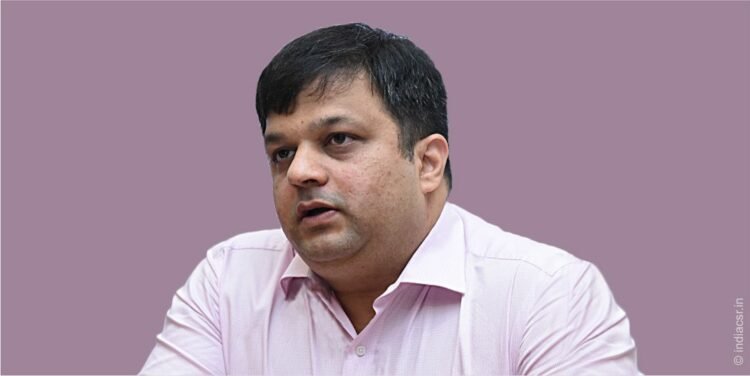By Rusen Kumar
Ashutosh Pandit (Founder and CEO, STEM Learning) has recently written a thought-provoking article for India CSR, where he created enough buzz within our readers about STEM Learning. He spotlighted on how catering to the most populous learners, the Indian Education System is at a critical juncture of a 360 degrees reform from traditional chalk–talk methods to digital modes.
STEM in itself is a fusion of four broad domains (Science, Technology, Engineering, and Mathematics) and holds a significant role in making our future workforce future-ready. STEM helps in maximizing the involvement of a child in a holistic learning process. It is also helpful in developing the power of deductions, reasoning and develops the mastery of pattern recognitions.
And he re-iterated how STEM learning is an impetus to this change and makes ‘Digital India’ and ‘Aatm Nirbhar India’ a reality. His write-up and the subsequent buzz compelled us to have a tete a tete session with the captain of the ship. We visited him in his Mumbai office, and the ever-dynamic and humble man was all welcoming with his calm smile.
It has been quite some time since we last interacted formally. So, from the outset only and setting the record straight, what are the numbers now? What has STEM learning achieved by far?
I would say we have been ever-progressive since our inception in 2011. What started off just as a mere thought, is now a reality with a social enterprise that has empowered over 1900 schools on STEM education by establishing over 2000 Mini Science Centers with the support of over 175 corporate partners in 24 states.
Our custom-made Science Center includes 65 working models/exhibits that portray the principles of science along with 30 informational colorful backdrops, teachers manual and user manuals. Science centers have impacted more than 6,50,000 students with over 450 training and 2700 teachers’ training. Our exhibits have been approved by MSERT. But my biggest achievement in my opinion is the chance to give back to my community and become part of its progress.
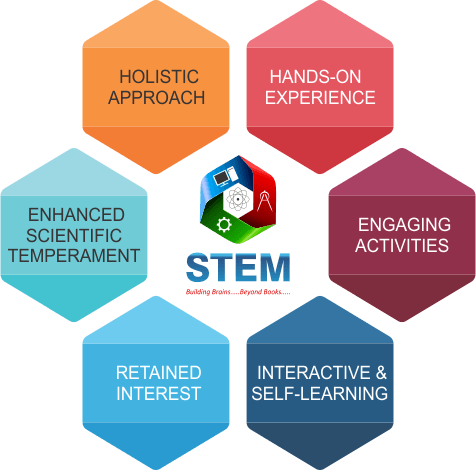
That’s incredible. Tell us how you do it?
I have to be very honest here. It’s not just us now. With the time and demand, the government, students, policymakers, CSR Funders and all other stakeholders eventually are agreeing to replace the traditional chalk–talk teaching methods with the Touch, Feel and Learn methods of STEM to ensure learning outcomes within students and make them future-ready.
While we at STEM Learning are dedicated to the pursuit of making learning a simulative and exploratory process, the government, through their various ministries/departments, is dedicatedly trying to create infrastructure to deliver this new age education. So, it is acting as a catalyst for us to deliver.
We have our own winning edge to this, as we are producing our equipment through our own factory in Mumbai. That’s our USP! Since we are custom making the apparatuses, we easily can mold it as per the need of any urban or rural establishment. This makes it easy for us in enhancing the quality of our equipment or correcting any issues without any wastage of time.
We provide schools with scientific models which are capable of lighting the scientific drive in young children, through our visual aids and teacher training programs we make sure children are given the right guidance so as to help them gain a bright future. Our expert trainer and teacher crew ensure the impact through rigorous training modules. So, you see we are taking baby steps towards a much larger impact with a well-thought strategy.
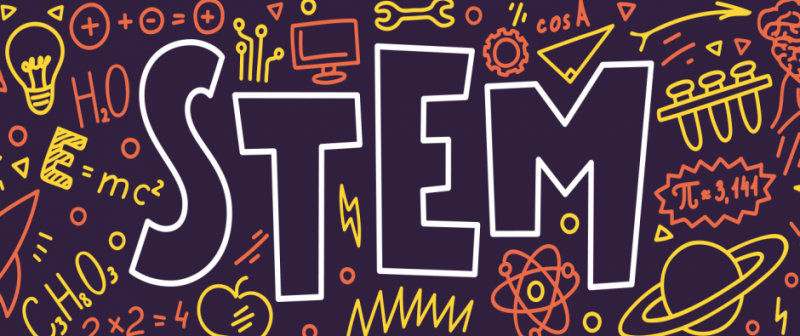
What were the challenges?
I would say the belief for the starter. I strongly believe that India can produce quality and talented manpower only when there will be an equal and equitable opportunity for Science Education. The progress of our nation and the progress of science education is closely linked. But that was me thinking that way, and maybe later my team in the same line.
And so, we had to go through a mass awareness campaign besides installing the infrastructure to awaken all stakeholders and bringing them on the same page to affirm the crucial need of STEM in making India future-ready. Not just in schools, but we pursued our belief, till we got it instilled in administration, policymakers, CSR funders and into everyone who came in the way. We still are doing it alongside.
Besides the thought process, one of the biggest challenges involved in the implementation of STEM education is to arrange supportive infrastructure, like lab rooms, table chairs, electricity, internet, and aptly skilled manpower. Another challenge could be funding. As I said, we still are trying to make funders understand how simply investing in Education shall not help us in sustaining the global race in the future, but STEM Learning can be the best solution.
Also, in the process to unclog the bottlenecks, I realized that we can never impose our thoughts as a social project, but to create a rippling effect of impact, we need to inhibit similar energy towards a cause. And that’s what we did, all the manpower worked with a belief of making STEM the ROOT of New Education Reform of India.
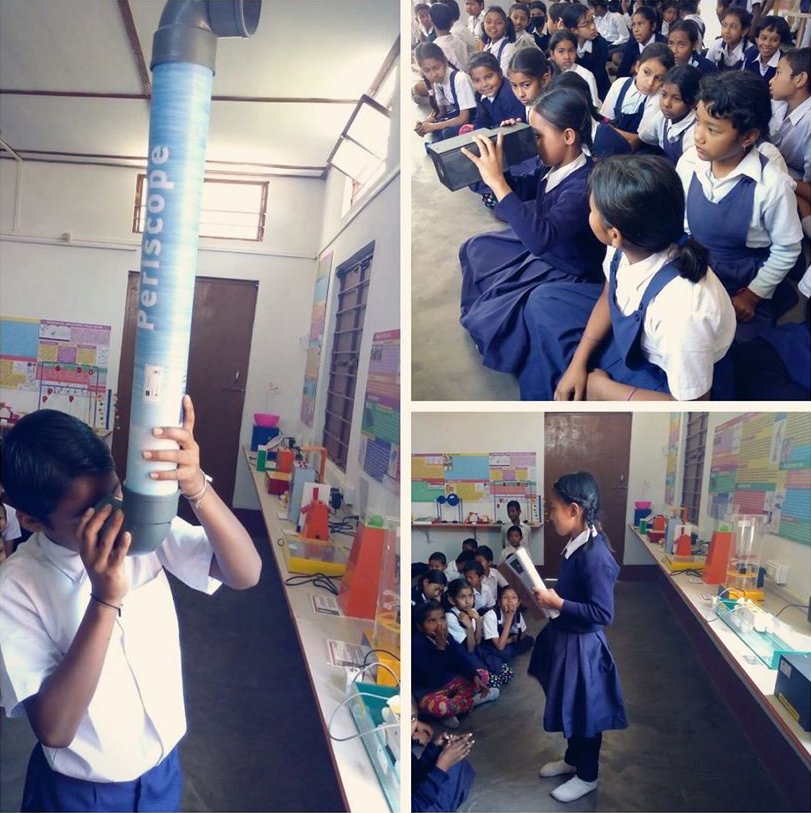
How did COVID fall on STEM Learning?
It gave a realistic assessment of our work. Or if I may say, it validated our claims. Do you know COVID created a huge learning loss within the students during the 2-year lockdown of schools? But this learning loss was not even amongst all students. When the schools re-opened in many parts of India, it was very evident that children with STEM learning pedagogy could retain a maximum of their learning, as we have been claiming that it stays for longer and exhibits in maximum.
Also, COVID has been a blessing in disguise, as it has given the much-needed push of digitizing education. Making the government take some long impending steps towards digital education, Education around Skill. NEP 2020 – 21 speaks much about that push and action. The NEP 2020 also focuses on digitization as the core of the new Teaching-Learning Methodology and emphasizes Skill & Outcome-based learning rather than the theoretical mugging of the curriculum. That’s how COVID supported our cause.
This sounds promising. So, what do you think, how shall STEM change the fate of learners in the future?
As I said earlier too, STEM is the future of India. Globalization and International trade require several nations and countries to compete with each other based on their economies. Growing economies like India work in diverse sectors which include different industries that affect the global marketplace. The education and training of a country’s workforce are crucial in analyzing how well the country’s economy will upscale. STEM learning shall be a game-changer for the learners in the future. According to the National Science Foundation, it is predicted that 80% of the jobs created in the next decade will require some form of math and science skills. These skills are appropriately labeled as 21st-century skills or STEM skills. We also need to understand that while automation, digitization shall risk human jobs, the same STEM arena shall also open work opportunities for the ones skilled in the trade.
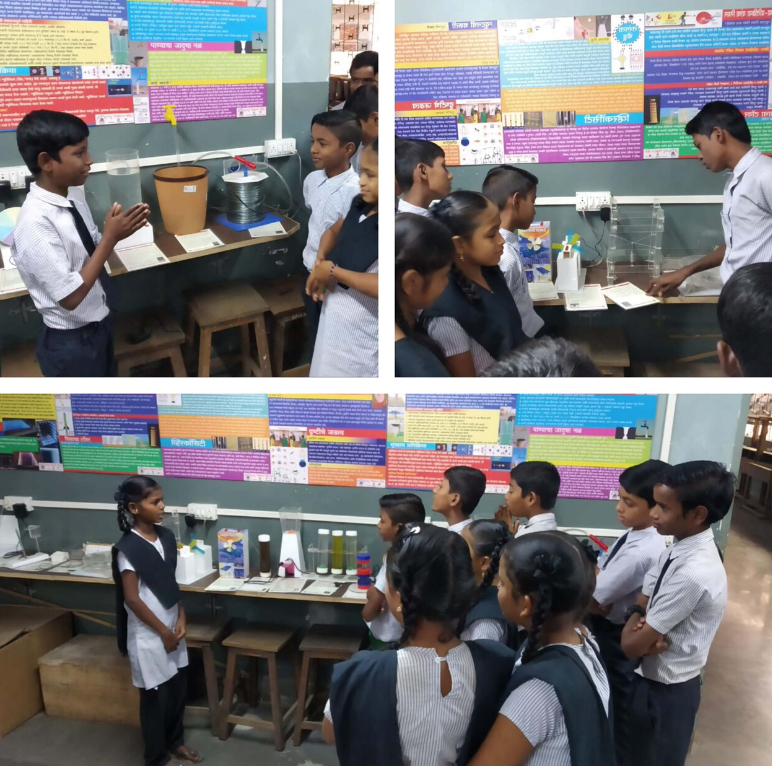
Not just individually as a learner, but for a developing nation like India, aspiring to be a trillion-dollar economy in the race, the advent of advanced technology like Artificial Intelligence, IT, Robotics, Coding shall be a propeller in the run. As, the modern world shall function and flourish only on its technological capital, for a technologically borrowing country like India, it’s crucial to develop its resources to ace the game. Being the second most populated country, having the richest but under-skilled demographic dividend, we can certainly have all the potential within. With STEM education coming into the picture, more opportunities are being created contributing to the GDP growth.
This has been a real contemplating interaction with you about our Education scenario. Do you have anything to convey to our readers?
Yes of course, through your reputed publication, I shall take the opportunity to call upon funders, policymakers and development stakeholders to let us unite to create a conducive environment for our students. They don’t just need to go to a fancy-looking school but let’s make them ready for a fancy future too. India needs combined support from the government and other education societies to avail the opportunity and benefits of STEM education. Now, with the Government of India also focusing on campaigns such as the ‘Make in India’ Innovation Mission, there is a focus on developing innovation and manufacturing right from schools. This will be the right time for India to rise to the challenge and develop a culture of application-based learning and innovation among the schools, students, colleges, and teachers. STEM learning is the answer to the uncertain preparedness to face the global grind.
About Author
Rusen Kumar is the founder and managing editor of India CSR – The CSR Informer of India. He writes on CSR, Sustainability and Environmental affairs. He brings an understanding of governance, leadership development, social development, human development, and strategic focus by serving for-profit and not-for-profit boards and as an advisor to chief executive officers and executive management members. His leadership accomplishments in social enterprise, planning, and governance range from viable achievements in knowledge forum initiatives to advancement of corporate social responsibility issues in India.
(India CSR)


